From policy to action
On December 22, 2024, the Politburo issued Resolution No. 57 on the development of science, technology, innovation and national digital transformation, which identified digital transformation as the leading strategic breakthrough, with people and businesses at the center of the digital transformation process, the State playing the role of institutional creation and leadership, and at the same time setting the target that by 2030, the digital economy will reach 30% of GDP and by 2045, it will reach 50% of GDP. Just a few months later, the Politburo issued Resolution No. 68 (May 2025) on private economic development, also affirming that digital economic development is an important growth driver, in which private enterprises are the core.
.jpg)
Immediately after the Resolution was issued, a series of legal documents and policies were urgently developed, submitted and approved. A typical example is the Law on Science, Technology and Innovation, which was passed by the National Assembly at the 9th Session of the 15th National Assembly. Next, the Government issued Resolution 71 on key tasks and solutions for developing the digital government, digital economy and digital society. Notably, before that, the Prime Minister issued a decision to designate October 10 every year as National Digital Transformation Day, with the goal of promoting the digital transformation process on all three pillars: Digital Government - Digital Economy - Digital Society.
The above practical policies have been contributing to the deep penetration of technology into all areas of life, creating a foundation for the strong development of digital government, digital economy and digital society.
Deputy Director of the National Digital Transformation Agency Le Anh Tuan emphasized: digital transformation, together with science and technology, innovation is becoming a strong driving force shaping the future; in 2024, Vietnam recorded many outstanding results: Digital Government ranking increased by 15 places, online records reached nearly 40%; IT industry revenue reached VND 2,772 trillion (up 24%), hardware and electronics exports increased by 29%.
Along with that, digital infrastructure has also been strongly expanded: 99.3% of villages and hamlets have mobile broadband networks, mobile Internet speed reaches 146.64 Mbps (ranked 20th in the world), 5G coverage reaches 26%; notably, 21.8 million digital certificates have been issued, along with 64 million VNeID accounts and 17.5 million chip-embedded citizen identification cards - the foundation for safe and convenient electronic transactions.
The good news is that all ministries, branches and localities have established Steering Committees and implemented new phase digital transformation plans according to the direction of Resolution 57.
It is necessary to issue the Law on Digital Transformation.
The Draft Law on Digital Transformation is entering the "sprint" stage of documents to be submitted at the upcoming 10th Session. According to the review agency's summary assessment, the draft law also has many new points, concretizing the Central Committee's resolutions to remove barriers and promote the national digital transformation process. In particular, it identifies the components of the infrastructure for digital transformation (digital infrastructure, public digital infrastructure, digital technology industry infrastructure); development requirements for infrastructure to ensure synchronization, modernity, and safety to meet the needs of comprehensive digital transformation implementation in Vietnam.
Commenting at the review session of the draft Law on Digital Transformation recently organized by the Committee for Science, Technology and Environment, Deputy Director of the Department of Science and Technology of Lao Cai province Nguyen Thi Lan Anh assessed that the draft Law on Digital Transformation has institutionalized the policy of considering digital infrastructure, technology infrastructure and public digital infrastructure as national strategic infrastructure; at the same time, the draft law also stipulates many policies to support businesses in digital transformation, especially small and medium enterprises, business households and cooperatives. However, delegate Nguyen Thi Lan Anh proposed that the draft Law needs to be more specific about the State's policies on infrastructure and human resources development for digital transformation for ethnic minority areas, areas with particularly difficult socio-economic conditions, where infrastructure is still weak, and many "wave troughs" make it difficult to deploy two-level digital government. In addition, delegate Nguyen Thi Lan Anh suggested that the draft law should stipulate mandatory principles on data interconnection and unified operation between systems.
From another perspective, delegate Nguyen Chu Hoi hopes that the "digital revolution" will come into life, and the draft Law needs to issue regulations that are close to the people. "We are launching a movement to popularize digital education, so is there any chapter in the law that makes it easy for people to understand and practice? If the whole society cannot use it, digital transformation will be difficult to be comprehensive," the delegate noted.
From this proposal, many opinions suggest dedicating a separate article or chapter on “digital literacy”, with policies to support the community, popularize digital skills and digital capacity for the people. Currently, many localities have established community digitalization teams, but financial and disbursement mechanisms are still problematic. Therefore, it is necessary to supplement regulations on financial mechanisms and support policies for digital community teams, helping to spread digital skills from the grassroots.
The Draft Law's strict regulation of 1% of the state budget for digital transformation is unreasonable; because, in reality, spending on science, technology, innovation and digital transformation is currently regulated at a minimum of 3%. Therefore, it is recommended to implement flexibly within the total level of 3%, avoiding rigid constraints that cause difficulties in financial management.
In addition, opinions also proposed to allow the application of special mechanisms for high-tech projects, projects with exclusive or national strategies; at the same time, expanding the form of service rental, flexible payment, suitable for the cloud computing subscription model (Cloud, SaaS) which is popular in practice but has not been allowed to be applied by the State Budget Law and the State Treasury.
Source: https://daibieunhandan.vn/hoan-thien-chinh-sach-phap-luat-khoa-hoc-cong-nghe-doi-moi-sang-tao-va-chuyen-doi-so-tao-nen-tang-cho-tien-trinh-chinh-phu-so-kinh-te-so-va-xa-hoi-so-10390263.html








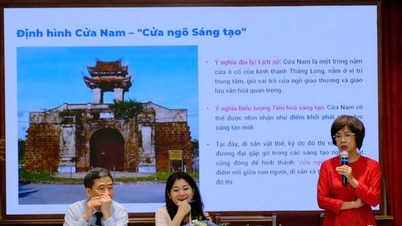




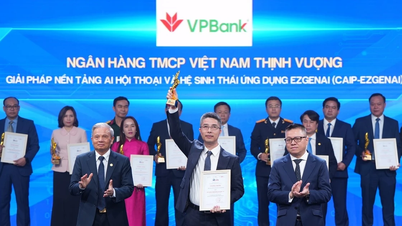
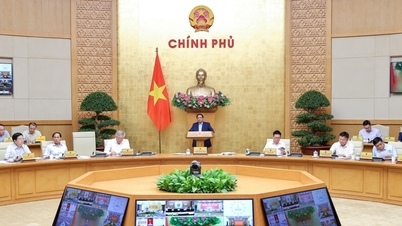



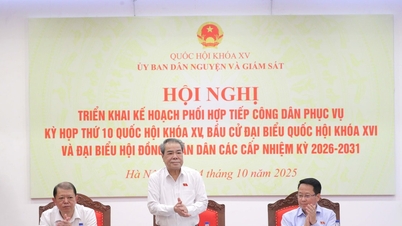



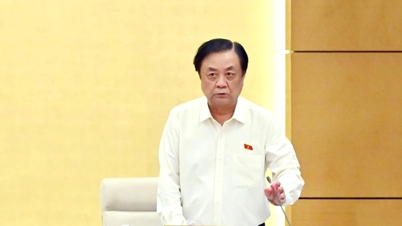
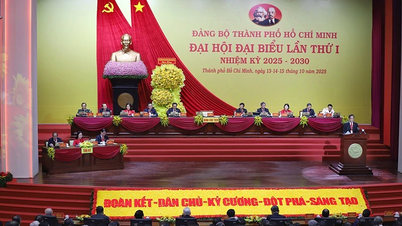





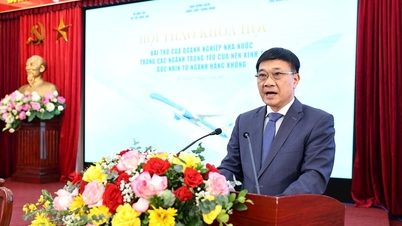
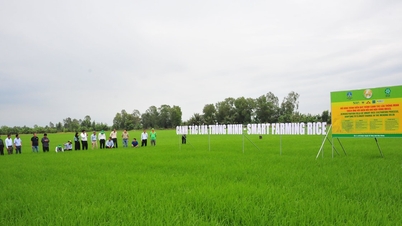
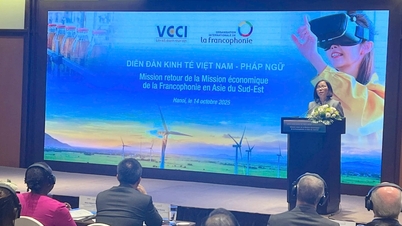




























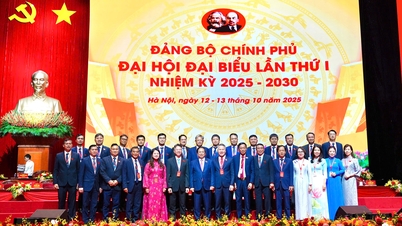
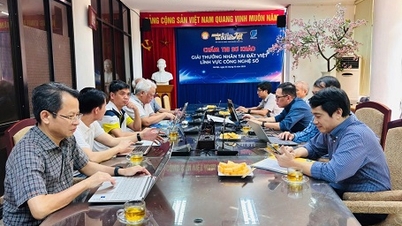















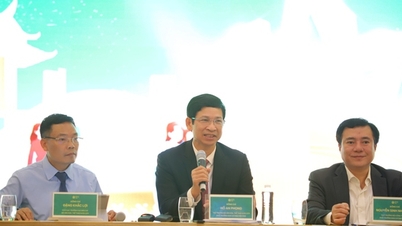

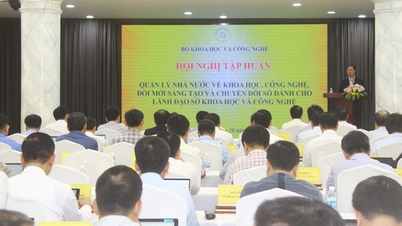



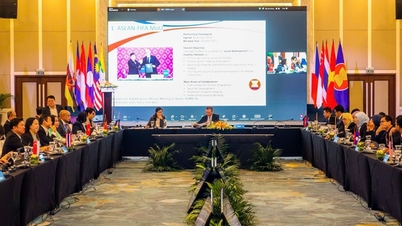







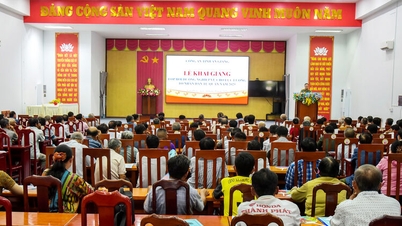
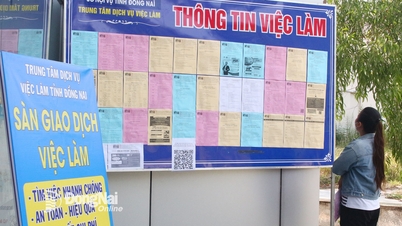















Comment (0)